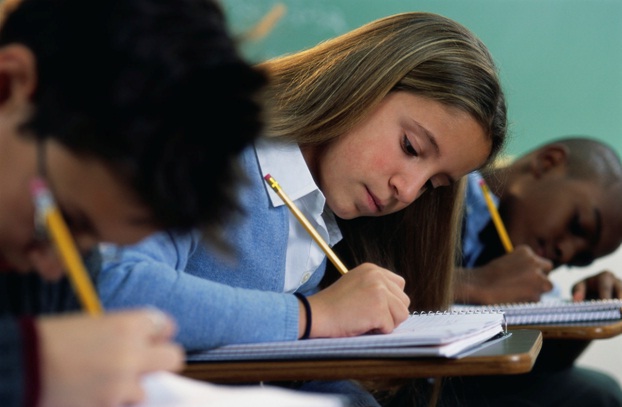Internet has completely transformed the education sector and revolutionized the way people gather and absorb information. Educational websites are being used by students of all ages across the globe, and it has become somewhat of a social obligation to provide high quality and useful content to them. However, the way information is distributed online, a lot of times kids have to struggle and jump across several websites to find the most suitable information and research they need. It is for this very purpose, many educational institutes and schools are turning to web development companies in order to create student portal accounts and websites. Through this article, we will cover what features and design elements must be integrated with web portals for students.
Online Student Portals – Their Purpose and Scope
Internet is a vast ocean of knowledge and information that are used by kids, grownups and users of all age groups. However, most of the students, especially young kids, do not always find the information that is relevant to their age and purpose. This is where student web portals come into picture with a sole intention of collecting and organizing appropriate information for students, so that they are able to easily find the research and information they need for their homework, project assignments or just plain simple genuine curiosity.
At present, there are several student websites that have been appreciated by kids, parents and teachers for their idea, implementation and authenticity. Most prominent examples are NASA Education, Vidyarthi, Youngzine, Project Gutenberg and Chegg for students, whereas Blendspace is a great website used by many teachers across the globe for designing interactive teaching lessons. Those who want to create student portal account websites must make sure that they take care of the following features before going ahead with the project.
Portal Objective for Student Websites
Student websites should be designed around two major objectives- to provide genuine research based educational information and having a well-designed interface to keep students engaged. Educational web portals should have infotainment features, such that students enjoy mining for information and interacting with fellows for subject discussions and reviews. Since the primary objective is to impart education in a productive manner, the web developers should put themselves in the shoes of students and think from their perspective. Some interactive games and discussion boards can be considered the best features of educational websites for students.
Educational Portal Coverage and Theme
Student portals are designed around various themes and subjects, which further validate their purpose and influences overall likeability among their audience. Hence, educational student websites shouldn’t deviate from their key subjects and topic offerings. For example a website full of historical articles, visuals, infographics and figures must not have sections comprising software programming or articles on learning yoga at home, which makes no sense at all and could result in putting off visitors.
Student Portals should have Multiple Language Support and Help Features
Educational websites attract students of all age groups from different parts in the world. Hence, portals with multi-language support can prove to be extremely beneficial for kids speaking other languages. This could prove to be an immensely helpful feature, and can help in boosting popularity of the website in different regions and countries on account of its multiple language support. Most students consider Help sections their most valuable resource, and for this purpose most educational websites provide a comprehensive database of self-help information, guides and Do It Yourself (DIY) articles.
Portal Design guidelines
In order to create student portal websites and accounts, web designers must focus on the User Experience (UX) differ from infinite scrolling and User Interface (UI) they will be providing. Kids love vibrant, colorful and interactive websites that offer seamless browsing experiencing and are easier to use and read. Some of the below mentioned guidelines must be realized while creating educational websites.
- Website design should be vibrant, colorful and interesting
- Easy to use browsing and basic search features
- Audio-Visual exercises help in engaging kids and could be employed in design
- Clear large fonts because informational retrieval must be clear and seamless
- Responsive website design should be used, since its 2014 and not 2005 anymore!
- Some simple interactive games will be appreciated by students of all ages
- Features should be developed around a thematic concept, which can be educational, informational or informational
Conclusion
At present, students are accessing internet as a routine part of their lives and hence, the purpose of educational websites must not ever deviate from providing those relevant search results. The seamless user interface and browsing experience can be considered the most crucial factor in determining the success of an educational student portal. The design, presentation and usability of these websites must complement the cognitive and affective requirements of students, kids and everybody else they cater to.

